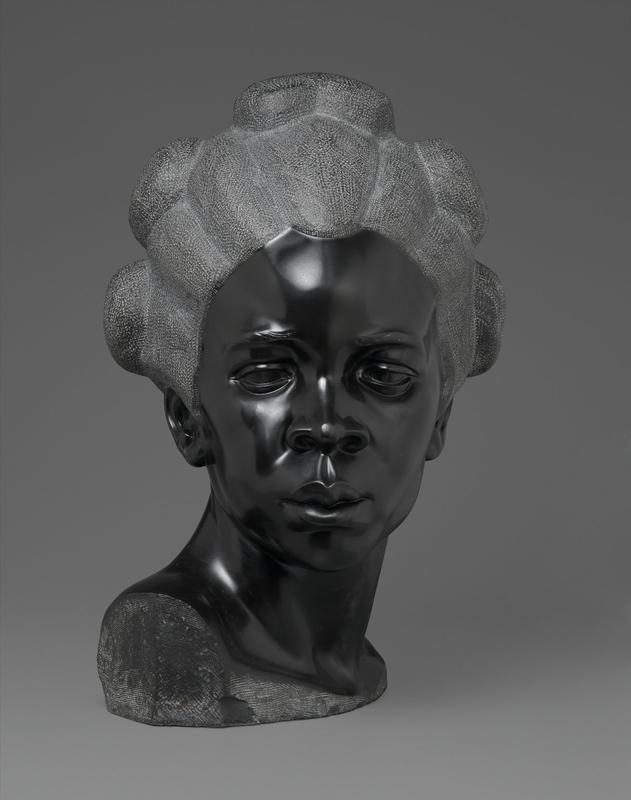More about Martinique Woman

Contributor
At first glance this bust may seem straightforward but to delve into the motivations and the context in which Martinique Woman was made is to hash out the intersections between art, science and racism in early 20th century America.
The bust was made by sculptor Malvina Hoffman after a trip to Africa, where she observed Africans in their daily lives with the intention of turning her experience into fine art. The sculptures ignited a lightbulb for Henry Field, who was in the brainstorming process for an exhibition for his Field Museum of Natural History that was to be called The Races of Mankind.
Field was completely enamored by Hoffman’s work, so even though she had no background in anthropology or the sciences, he took a chance and commissioned her to the project based on pure artistic merit. The exhibition was to focus on the now disproved idea of race as a biological fact, with Hoffman’s work used to demonstrate the “unique” qualities of each race. Originally the idea was to choose one artist per each perceived race, but Hoffman pushed for more: she convinced the museum to agree that she would be the sole sculptor in what was to become one of the largest sculptural commissions ever done by a single artist, creating 104 works of art for the exhibition. Although the exhibition curators were wary that her work would “lack the powerful stroke of a man” (yuck), Hoffman fought to achieve complete artistic freedom over the design and execution of the exhibit.
Hoffman had altruistic motivations for the exhibition, and was excited to bring together the world of fine arts with the world of science. She had hopes of enlightening people and of encouraging empathy and respect for “our neighbors in humanity,” but the exhibition ultimately contributed to the racist ideology of the time. The exhibition effectively created a divide within the races in which non-white people were designated to a status as “other,” suggesting that non-whites are primitive and less evolved. Racism was especially evident in the critiques of the exhibition, where Martinique Woman was praised for going beyond the inherent “lewdness” of the subject (a Black woman). Hoffman was praised for depicting her subjects with dignity and respect, but her art was nevertheless a vehicle for racist commentary and ideology. Hoffman’s work has recently been transformed as a tool for reflection on perceptions of race and how cultural perceptions of race have harmed and marginalized non-white folks. New literature redefines Hoffman’s exhibition as an important analytical tool as to how far we have come in regards to race relations, and how far we have left to go.
Sources
- Decoteau, Pamela Hibbs. "Malvina Hoffman and the "Races of Man"." Womans Art Journal 10, no. 2 (1989): 7-12. Accessed July 14, 2018. doi:10.2307/1358205.
- Kim, Linda. ""How to Tell Your Friends from the Japanese": The Malvina Hoffman Papers and the Races of Mankind." The Getty Iris. February 02, 2018. Accessed July 14, 2018. http://blogs.getty.edu/iris/how-to-tell-your-friends-from-the-japanese-…-
- "Malvina Hoffman." Vimeo. May 09, 2016. Accessed July 14, 2018. https://vimeo.com/165891630.
- "Women Artists." Arts & Activities | The Nation's Leading Art Education Magazine. January 08, 2016. Accessed July 14, 2018. https://artsandactivities.com/anna-pavlova-malvina-hoffman/.











